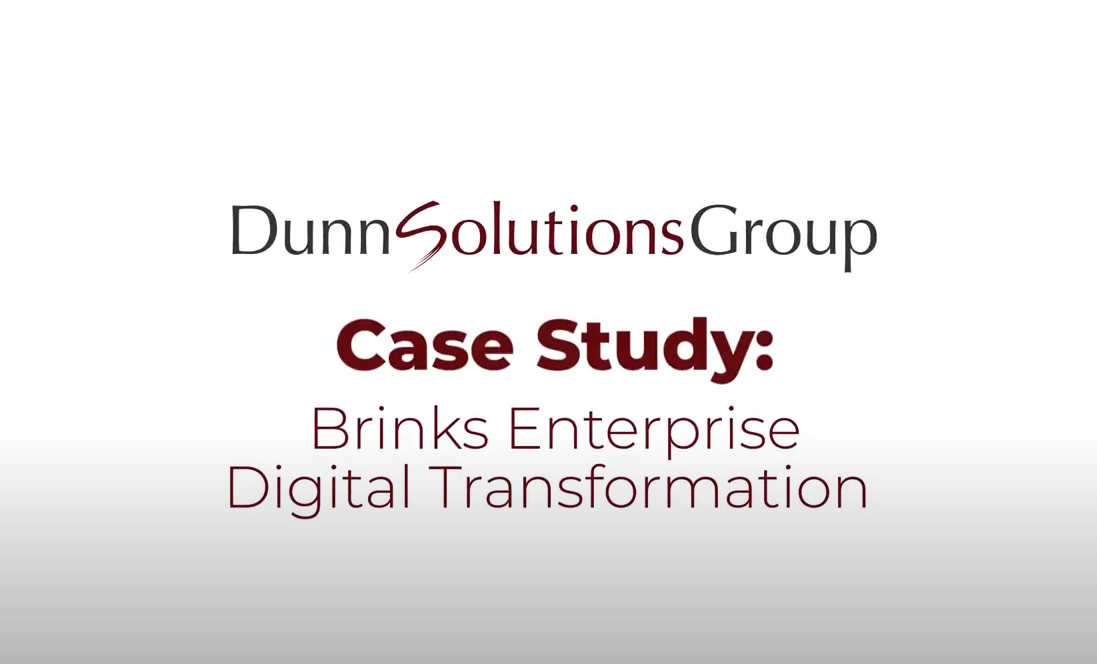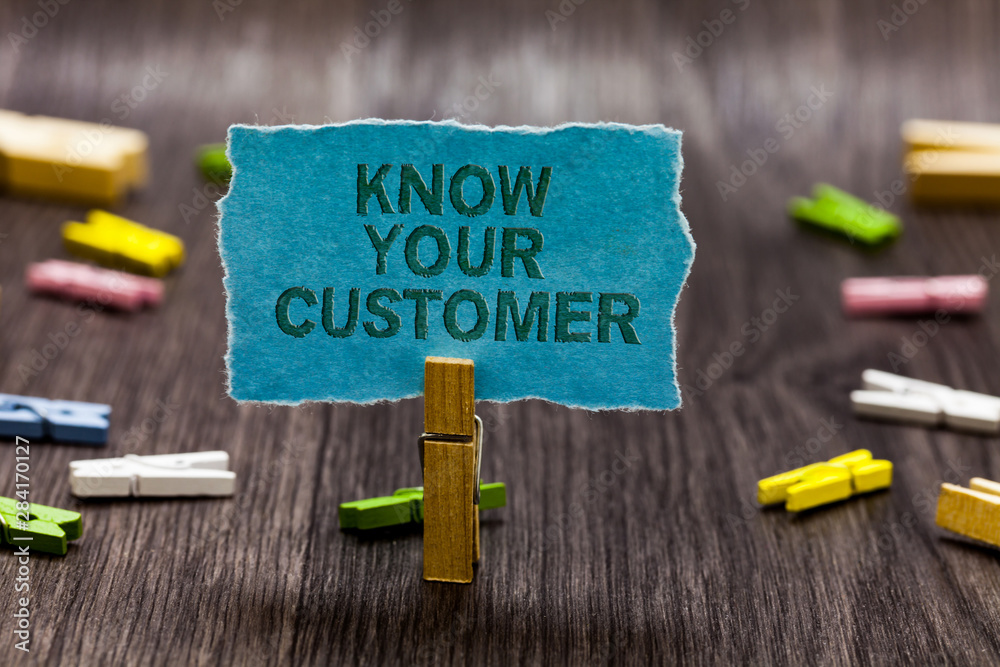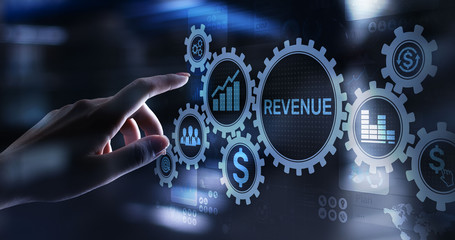
Jose Hernandez
1 Year Ago
What is a customer data platform?
If you are reading this, then you have heard the term “customer data platform” or CDP for short. You may be wondering what a CDP is or what is it used for? I will answer that shortly, but first consider the last time you made a major purchase online.
To illustrate I will use one of my own experiences. This year I decided to gift an eBike (for my wife). While I had a good idea of what I wanted to buy, I did some research, mostly online. I Google searched “eBikes” (and a few variations using that term). I visited YouTube channels for eBike retailers and enthusiasts, and believe it or not, visited a couple of bike stores.
This went on for a few weeks and ultimately, I began to narrow my focus and spent a lot of time on a particular vendor’s website. As I did, I noticed that over that period of time, the ads I was seeing in my search engine, and emails in my inbox seem to become more personal (meaning they pertained to what I was looking at buying). Now, I know that there isn’t someone at that company watching my activity and tweaking what I saw or read, it’s all automated. That’s pretty cool.
And how is my favorite eBike vendor doing this? It’s very likely they are using a customer data platform, or CDP.
The main purpose of a CDP is to collect data points from interactions that lets you understand your customer better
A customer data platform (CDP) is software that gathers and combines information (data), from multiple sources into a centralized customer database, about all your customers interactions with your projects and/or services. As you read in my personal example, this information can then be used to better understand the customer journey (in my example, me) and then interact with the customer (again me) in a more personalized way.
There are challenges and CDPs help overcome them
Customers interact with organizations across a variety of channels such as web sites, apps, live chats, social media, calls to customer services and more. Each of these interactions occurs on different systems and thus, data about each interaction is in a silo, and therein lies the problem. With this information spread across these systems, it is very difficult to get a wholistic (360) view of your customer. That’s where a CDP comes in. A CDP collects and unifies all first-party data (very important based on the rule changes with 3rd party data) across all these systems, giving you a consolidated and complete view of your customers and how they interact with your organization, creating, in CDP lingo, a customer profile of each customer.
What data makes a CDP work for you?
The type of first-party data typically collected by a CDP is behavioral data, transactional data, and demographic data. Behavioral data includes interactions with websites, interactions on an app, live chat dialog and customer service calls. Transactional data can be purchases and returns made on an ecommerce site, or appointments made for consults. Demographic data includes a customer’s name, address, contact information, and birthdate.
This first-party data comes from your organization’s systems. Being first-party data, you know who, when, where and why you collected the data, and whether it was collected with consent, but getting the data is not enough!
Customer data integration is the key to making a CDP work
By now you realize that getting data from a variety of disparate systems is a key function of a customer data platform, and CDPs have built in capabilities for doing this. But getting the data from these systems is not the ultimate goal. The ultimate goal is to integrate this data in the CDP so that you have a holistic (or 360 view) of your customers. This is done by another key function of your CDP, customer data integration.
Customer data integration is the process of organizing customer data from the various systems that interact with your customers and making it usable and accessible for analytics (and a few other important uses). Once you have this consolidated data set, you are ready to make data driven, informed decisions on how to engage with your customers.
Why do you need customer data integration? As an example, think about two systems you may have in place, a CRM and a point of sales (POS) system. Any given customer may exist in both systems, but each has its own customer identifier. How can you be sure that customer Jane Doe in your CRM (customer id 3344566) is the same Jane Doe in your POS (customer id FGR5566)? CDPs allow you to define rules and in some cases, use AI to match and merge records across these systems. So, if Jane Doe is the same Jane Doe, she is represented as the same customer in the CDP.
There is much more to customer data integration, but that will be a topic for another blog!
What are the benefits of a CDP?
Now that I have covered what a CDP is and does, what is the end game, what should you be trying to accomplish? Basically, you want integrated and trusted data for the various touch points that your customers have with your organization so you can make smart business decision in terms of customer service, outreach and increased sales. Here’s a list of key benefits of a CDP:
-
A CDP provides us with better customer data management; the process of collecting, organizingorganizing, and making the information accessible.
-
A CDP provides more customer insight to understand our customers’ behaviors and the customer journey. This allows us to make better decisions on marketing to customers, product development, customer service, and sales.
-
A CDP provides real-time integration with other systems to improve customer engagement; a critical component for the modern (and future) customer experience (CX).
-
A CDP makes it easier for you to manage data protection and privacy. For example, by limiting the data you collect about a customer in the first place.
The modern customer experience demands targeted, personalized and relevant messaging to each individual customer. To accomplish this you need to understand customers as they proceed through their customer journey within your organization. A CDP provides the unified data to do this. It provides this data to analysts and to automation platforms in real time, typically through an application programming interface (API).
What do you do with all this customer data?
Now that you understand what a customer data platform does, we can focus our attention on using a CDP. Collecting and integrating customer data is a critical part of understanding your customer, but it’s only the start. We can now use this treasure trove of data to use data science and machine learning (ML) to build models (using science, not hunches) that segment our customers based on where the are in their customer journey. We can then use these segments to drive marketing automation platforms to email, text or present appropriate content to those customers, thus providing personalized and targeted content and driving higher engagement, conversion rates, and sales.
This all sounds great, what’s left to talk about?
We have only scratched the surface in this blog. I wanted to provide enough of a picture so that you, the reader, has a good sense of what a CDP is. Now we can start getting into some of the nitty gritty. In the next blog I will cover customer interactions that should be captured in a customer data platform.
Of course, you don’t have to wait for the next blog release. If you are reading this blog, I suspect you have some level of awareness that your organization can benefit from a CDP. Please contact us at info@dunnsolutions.com so we can discuss how a customer data platform can benefit your organization, and how we can help you get it in place and start integrating it into your CX initiatives.



